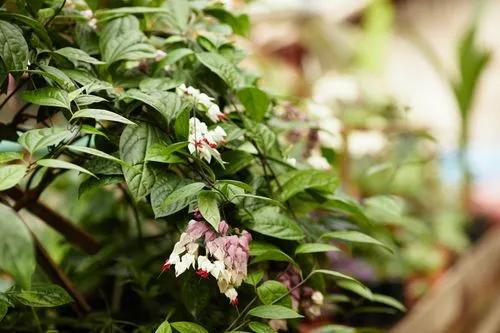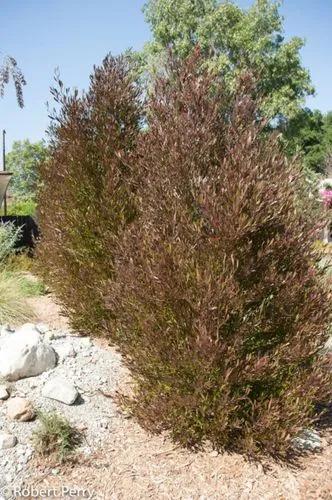Melaleuca linariifolia is a plant in the myrtle family Myrtaceae, and is endemic to eastern Australia. It is commonly known as snow-in-summer, narrow-leaved paperbark, flax-leaved paperbark and in the language of the Gadigal people as budjur. A hardy plant, it flowers prolifically in late spring or summer, making it a popular garden shrub or small tree in temperate places. Melaleuca trichostachya is a similar species but its leaves are arranged differently and the fruits have projecting valves.
Melaleuca Linariifolia Care
Melaleuca Linariifolia
Other names: Snow-in-summer, Narrow-leaved Paperbark



Melaleuca linariifolia is a small tree growing to a height of 6–10 m (20–30 ft) with distinctive and attractive white or creamy white, papery bark and a dense canopy. Its leaves are arranged in alternating pairs (decussate), glabrous except when very young, 17–45 mm (0.7–2 in) long, 1–4 mm (0.04–0.2 in) wide, linear to lance-shaped and with a distinct mid-vein. The flowers are white to creamy-white, perfumed and arranged in spikes on the ends of branches which continue to grow after flowering, sometimes also in the upper leaf axils. Each spike is up to 40 mm (2 in) wide and long and contains 4 to 20 individual flowers. The petals are 2.5–3.3 mm (0.1–0.1 in) long and fall off as the flower matures. The stamens are arranged in five bundles around the flower and each bundle contains 32 to 73 stamens. The flowers cover the tree over a relatively short period, between October and February and are followed by fruit which are woody capsules, 2.5–4 mm (0.1–0.2 in) long and 4–5 mm (0.16–0.20 in) long scattered along the stems. The fruiting capsules have valves which do not project beyond the rim of the capsule
Discover more plants with the list below
Popular articles






